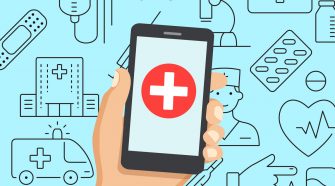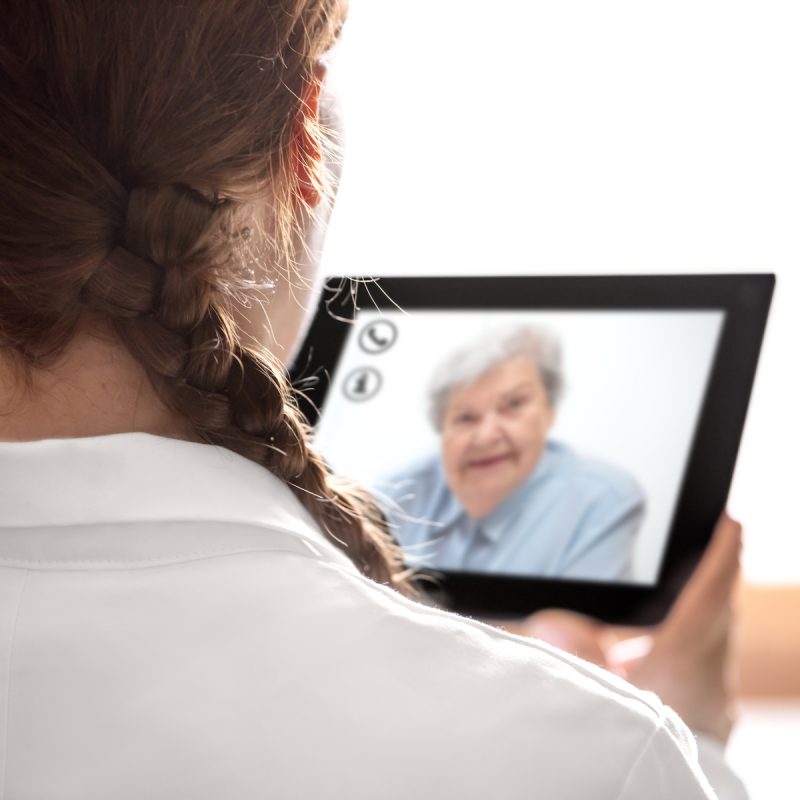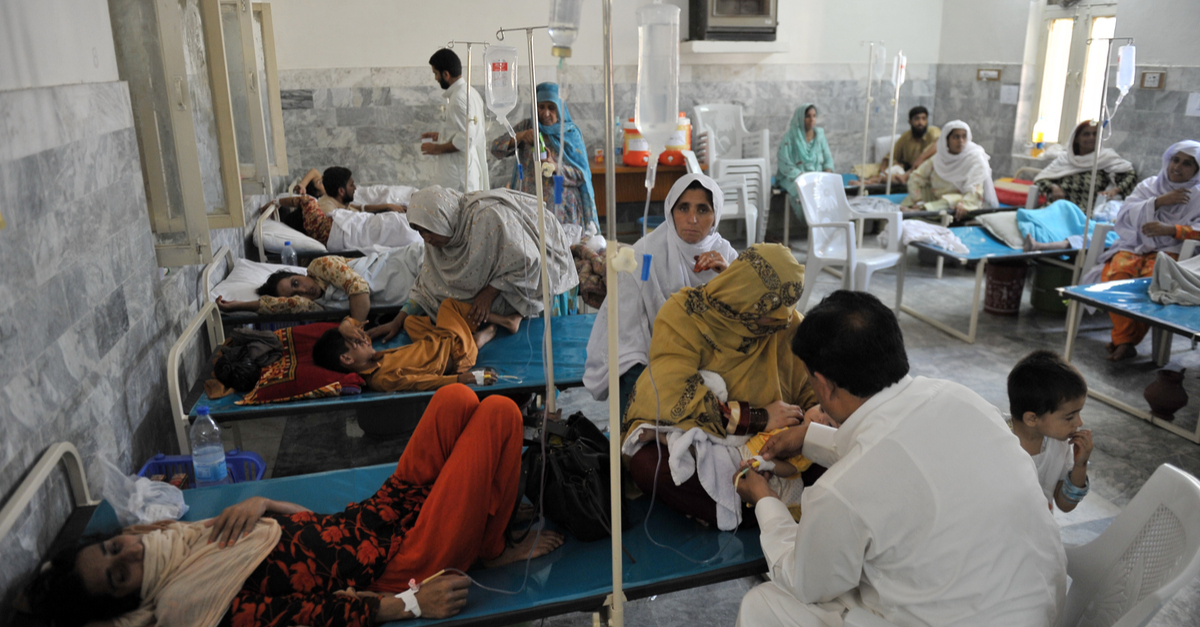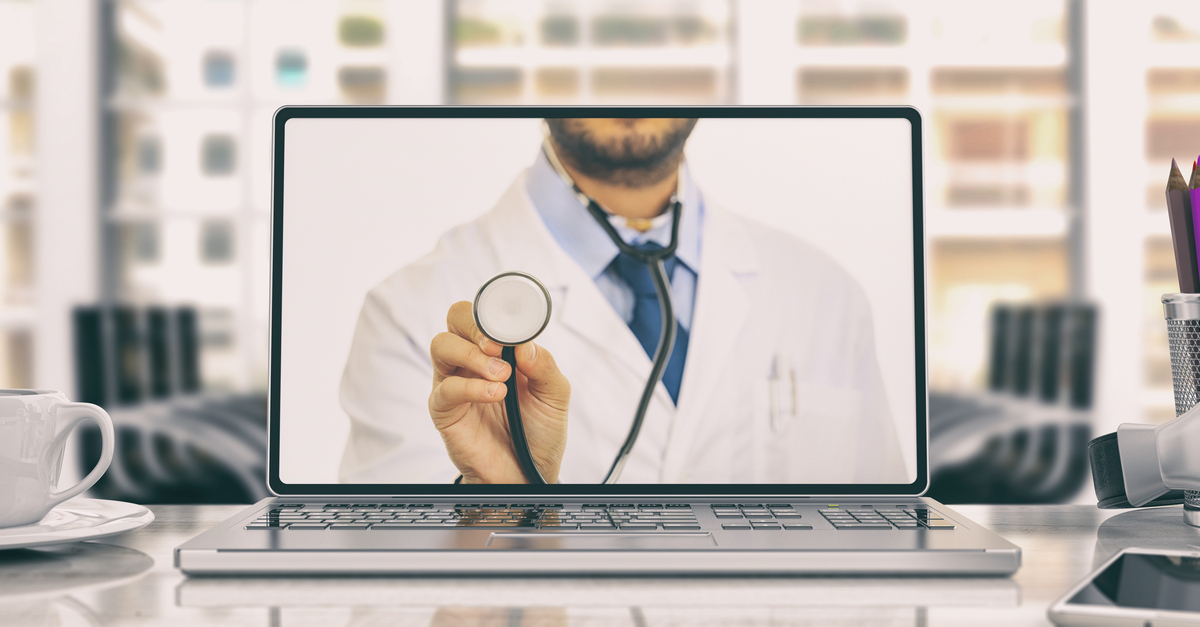Estimated reading time: 3 minutes
Telehealth and telemedicine have brought a lot of opportunity to the table, or better yet, your device screens, in the past year. From enabling clinicians to evaluate, diagnose and treat patients remotely all in convenient time frames, the need for WebMD and waiting in line at germ-infested waiting rooms is no longer prevalent. Expanding on this basis, these solutions are also benefitting those who perhaps don’t have access to their local primary health practice or pediatrician. Looking into the new year, here’s what people can expect to receive in the Telehealth market. 
To refresh your memory, Telehealth solutions offer a broad range of technologies and services within providing patient care and even improving the healthcare delivery system as a whole. Telehealth is also responsible for other non-clinical services, such as provider training, administrative meetings and ongoing medical education for varying updates.
On the flip side of it, telemedicine is utilized solely for the provision of health care services and education, especially in Third World Countries or areas who don’t have access to such privileges. Telemedicine video conferences are important for managing chronic conditions, follow-up visits, medication management, consultations from specialists and more.
Advances in the States
Large screens are becoming enabled as touch monitored devices to help clinicians better analyze patients’ symptoms by conducting a two finger zoom in on the video. Telemedicine specialties now include Dermatology, Ophthalmology, Stroke Evaluation, Dental and Wound Care for short-term ailments. Software packages from MedWeb come stocked with educational videos for both patients and staff members to help navigate the service but also walk-throughs of treatment plans, post diagnosis. Patients can also access PDF consent forms, signature capture and a gallery of photos.
Upgraded Teletriage Communications
The goal for Teletriage is to provide care in an environment in which the patient is more comfortable. For example, take a patient who has found themselves in a stable condition, but still seeks the care of a primary care physician. That patient will be sent to the comfort of their home, but then regularly checked up on either via video chat or through a regular phone call. From that point on, that patient has been assigned to an observation status and won’t be released until deemed well.
Teletriage patients will occasionally receive home visits by a nurse or will be monitored on a tablet that provides means of two-communication between patient and the healthcare personnel. Often times, physicians will utilize Teletriage solutions to cut down wait times in waiting rooms and to receive quick advice on the status of a symptom or bump/bruise. Teletriage nurses are highly skilled in the field. They are trained in clinic knowledge, processing skills, critical thinking and listening skills…especially listening skills. Teletriage diagnosing has proven to be a successful product of educating the masses, but also monitoring patients, both sick and well.
Telehealth Overseas
Third world or developing countries are some of the most grateful countries benefiting off of Telehealth trends. Due to the following situations, countries such as Afghanistan, Ethiopia and Haiti struggle to receive proper medical attention and the complementary resources.
- A shortage of health care providers due to their rural or remote locations
- An absence of universal and social public health
- A growing burden of non-communicable diseases
- A lack or inappropriately resourced health centers and hospitals
- Long distances from health centers and costly transportation services
Countries are working to tackle the non-communicable diseases with various forms of tele-health activities are made available to countries all of the world and they include:

- Tele-radiology
- Tele-pathology
- Tele-dermatology
- Tele-obstetrics
- Tele-psychiatry
- Tele-ophthalmology
- Tele-education
- Tele-cardiology
From a more communicable viewpoint, nurses and healthcare providers are working with impoverished communities to both educate and serve villagers with the resources to test for deadly diseases and provide medication adherence for needed individuals. Other localized trials and activities include promoting safe HIV testing, setting appointment reminders, coordinating family planning and constructing tele-orthopedics.
With dozens of other Telehealth trends in the works, there’s much for ISVs and VARs alike to prepare for. Whether it’s developing the connecting software to aid nurses in completing video calls with their Teletriage patients or providing answers to deadly symptoms in developing countries, there is always a need to complement these medical technology advances. Stay tuned for more to come in the New Year.

